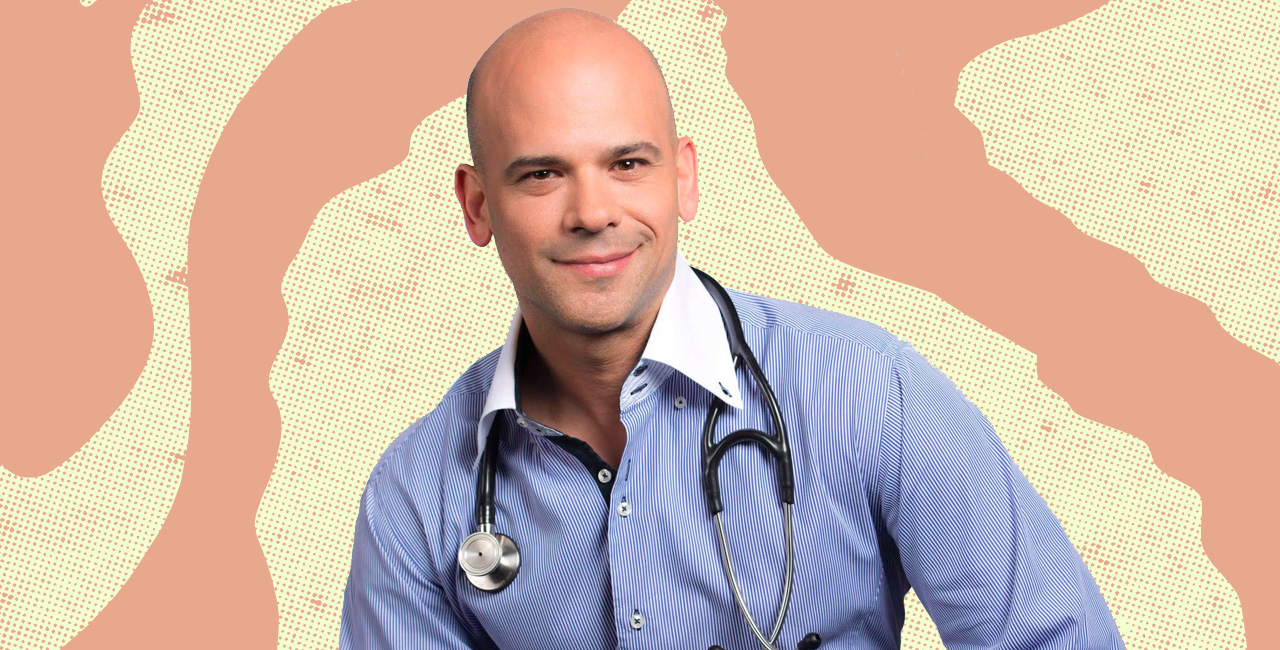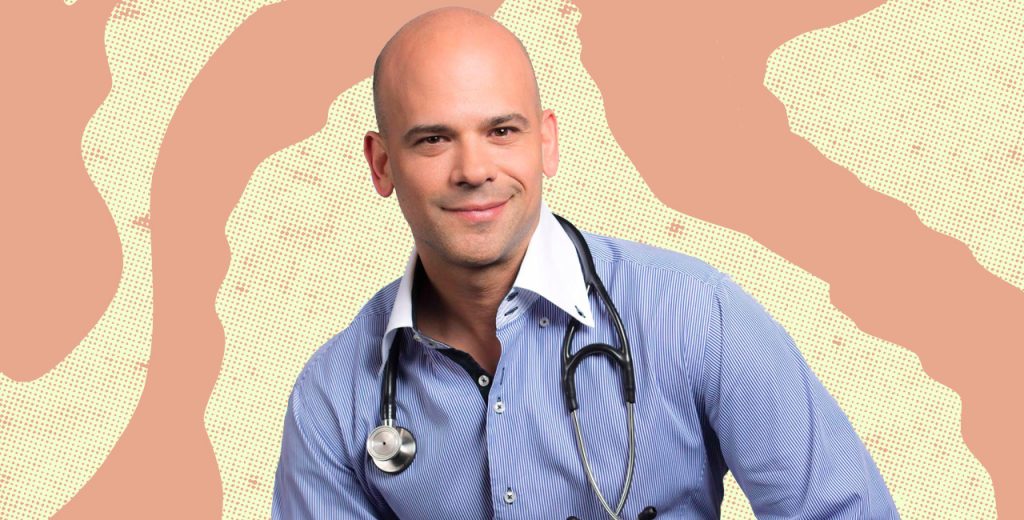The natural medicine guide Santo remedio: Cientos de remedios caseros llenos de sabiduria y ciencia is one of Amazon’s best-selling Spanish-Language books. Authored by Dr. Juan Rivera, the title has found a place on bestseller lists since its release in 2017, according to Nielsen BookScan. The record-breaking success of Santo remedio might come as a surprise, but the book and its author are, in fact, a Latino sensation rooted in our culture’s inherent distrust of Western medicine.
Santo remedio has an Amazon rating of 4.6 stars, with 83 percent of customers giving the book five-star reviews. Its main audience is clear from scrolling through the book’s reviews: mamis and abuelitas. Penned by the many children and grandchildren who bought the book for their loved ones, the evaluations offer a peek at the effectiveness of his methods. One five-star reviewer writes, “Mom really likes this book and has used the remedies to help her. I wish I got the book in English, so I could read it, too.”
Dr. Juan, as he’s simply known to his fans, trained at Johns Hopkins University and is currently the Director of Cardiology Prevention Education at Mount Sinai Medical Center in Miami. He’s also Univision’s Chief Medicine Correspondent, appearing on morning shows, such as Despierta América. And if you’ve listened to any of Univision’s radio affiliates, then his name has certainly popped up once or twice. He’s also written two other books, Mejora tu salud poco a poco — published in 2016 — and The Mojito Diet, out next month.
Since the release of his first book, Rivera has garnered an almost cult-like following that reaches more than 300,000 followers on Facebook, 180,000 people on Instagram, and hundreds of grandmothers who swear by his remedies. Some of the women Remezcla talked to confessed they were fans of his before they bought the book, explaining that his inclination toward natural ingredients meshed with their own ideals. “Pills have other chemicals and they mess up your stomach and your health, and natural ingredients don’t do that,” one says. “I prefer using lime to Alka Seltzer.”
In fact, multiple surveys and reports have shown that Latinos are less likely to seek medical care or follow doctor recommendations. A 2012 Census Bureau report found that 72 percent of Hispanics don’t use prescription medication, while a 2013 Colorado survey found that 45 percent of Latinos prefer using home remedies to avoid high medical costs. Another factor that impacts Latinos’ healthcare is a cultural discrepancy between the American style patient-doctor relationship and the personal connection a lot of Latinos expect to develop with their physician.
It was this tight-knit relationship with his patients that inspired Rivera’s book. The Puerto Rican doctor begins the book by narrating the time when he realized his patients did not trust Western medicine or even his recommendations. “Doctor, I want you to know that, no matter the results, I’m not taking any medicine,” he begins the book, recounting an interaction with a patient. This encounter made Rivera tap into his past growing up in the Caribbean, where his grandmother often made him sleep with sávila on his head to increase hair growth. “You only need to look at my photo to see the results,” he writes.
Rivera also warns his patients that there’s no such thing as a santo remedio. He only chose this title as a tribute to the popular phrase mamás and abuelas use to describe homemade remedies. The recipes in the book, he writes, are backed by science and should not replace regular medication. And pregnant women should not follow these remedies.
It’s easy to see how a book like this would find success within the Latino community. Coming in at $12, it’s affordable. And the ingredients he suggests – castor oil, alfalfa sprouts, lemon, honey, and olive oil – are also fairly cheap or things people already have on hand. With many Latinos struggling to find proper and inexpensive healthcare, the popularity of Santo remedio is significant. It’s provided a path for many, especially women outside of Generations Y and Z, to seek scientifically backed natural treatments that may be more effective than the homemade remedies passed down for decades. But it’s also a phenomenon worth examining because, whether through financial or cultural barriers, our healthcare industry continues to shut out our community.




